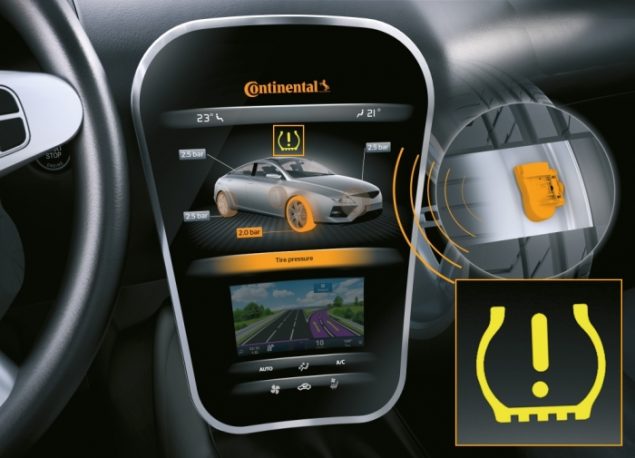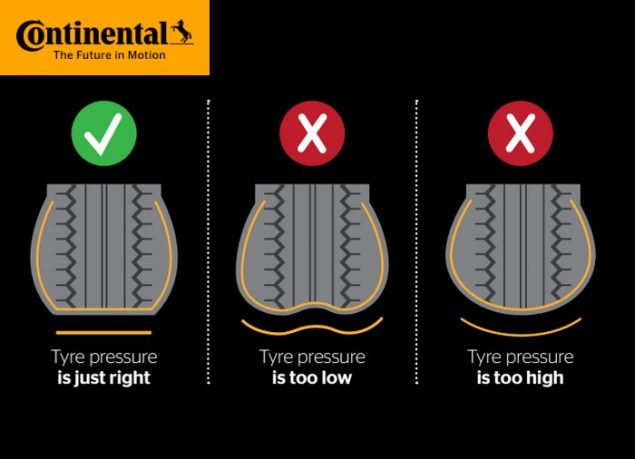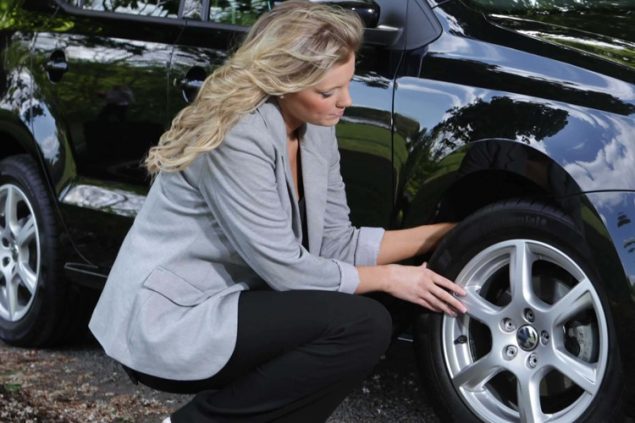With the summer hols now upon us, many of you are thinking about packing up the car, getting away, and forgetting your cares for a couple of weeks. But with so many things to consider – luggage, sleeping bags, camping stove, suntan lotion, hats, rain coats, wellies, buckets, spades, food for the cat or the dog, and possibly much more – we can be forgiven for forgetting to think about the air pressure in the car’s tyres, can’t we?
One answer to this question is yes, of course. We’re all busy, and it’s easy to forget these things, right? Uh-uh. With the kids and loved ones in the car, the answer from ASDA Tyres is an unequivocal no! Ignore your tyre pressures and you wouldn’t forgive yourself if something went wrong with them, would you?
Don’t let tyres let you down
At ASDA Tyres we’ve seen, heard and experienced it all, and so we know there’s a misconception that you don’t need to bother checking our tyres. It’s been suggested that around two thirds of UK drivers don’t check their tyres for wear and tear, or make sure they’re correctly inflated either.
This is especially true of driver’s whose vehicles are fitted with Tyre Pressure Monitoring Systems (TPMS). Again, from experience, at ASDA Tyres we know that even if you have TPMS you still need to make sure you regularly check your tyre pressures.
In our latest tyre safety article, we explain not only why it’s so important to check your tyre pressure regularly, but also why it’s crucial to adjust your pressures when your car is fully laden for your holiday.
So why is tyre pressure so important?
Simple. It’s mainly – and most importantly – about you and your family’s safety.
It’s a fact that under-inflated tyres affect your car’s handling and braking, and not in a good way. Under-inflated tyres have a direct impact on how quickly your vehicle can come to a full stop when you break, the result of which is often significantly longer stopping distances. In wet weather conditions this can be up to four car lengths in some cases. The situation is also influenced by whether your car has premium or budget tyres fitted. Four car lengths is obviously an unacceptable distance to travel when you need to stop quickly, such as on a fast motorway as you head to your holiday destination, or if a child steps out in front of you as you’re driving around your holiday location. The consequences are all too obvious.
Over-inflated tyres, on the other hand, dramatically increase the risk of high-speed blow-outs – with consequences none of us want to ever have to deal with. We’ve all heard about UK holiday makers abroad becoming victims of unforeseen traffic accidents, particularly on winding rural roads.
But it’s not just safety to consider, it’s also about saving money.
It’s a fact that incorrectly inflated tyres wear out unevenly, and as a consequence need replacing more often. It’s also true that if your tyres are under-inflated your car will use more fuel and emit more CO2. That’s lose-lose – who wants that?
For these reasons, the Department for Transport and leading tyre manufacturer Continental recommends monthly tyre pressures checks, even for cars fitted with TPMS.
Why do heavy loads change things?
Let’s say that your tyres were correctly inflated to the standard “un-laden” pressure values before you started your holiday travels (because you checked them, right…?!). By the time you’ve added a couple of hundred extra kilograms of luggage, bikes and general stuff, the dog, two adults and two kids, you’ll be looking at around an additional half tonne – if not more.
That extra weight you’ve added changes things for your tyres. Why? Because the rubber compounds are slightly flexible, the tyres expand and – instead of being correctly inflated – they start behaving as if they’re under-inflated.
Remember, under-inflated tyres affect your car’s handling as well as its ability to stop quickly in an emergency. You’ll also waste fuel, so it’s vital to adjust your tyres to the “laden” weight pressure before you set off on holiday. We think you’ll agree that the money you save on fuel is better served enjoying your holiday.
Where can you find this?
Look up the values in your car’s user manual. They’re usually also printed on the inside of your fuel cap and inside the driver door. You’ll find two figures; one’s for normal use, when your car’s not loaded up (un-laden); the other one – a higher figure – is for when your car is laden.
How do you top the air up to the laden pressure?
The easiest place to do this is at your local service station, where you can do so for a relatively small charge. Remove the valve dust cover and attach the air hose, which also measures pressure. Set the correct tyre pressure according to the vehicle manufacturer’s advice. Either top up or release air until the pressures are correct for all wheels at the laden weight.
If you’re not sure you’ve got it right, leading tyre brand Continental’s advice is “don’t leave it to chance, seek professional advice”. Continental is at the forefront of raising awareness about road safety – part of its Vision Zero initiative. The expert tyre professionals at ASDA Tyres can offer you completely impartial advice, and can take you through all your options. Click here to live chat with one of our tyre experts, or to help you find your nearest tyre fitting station.



